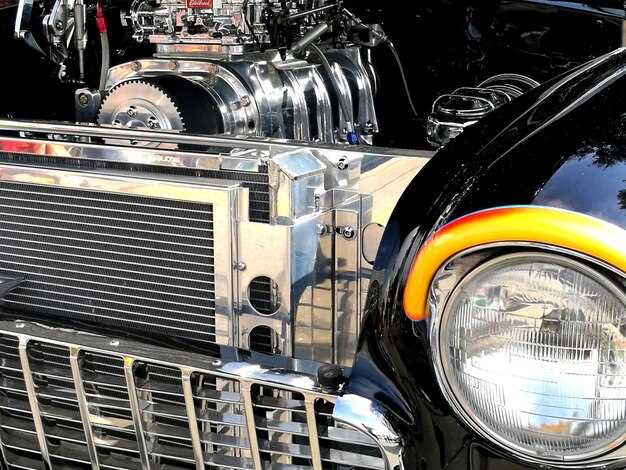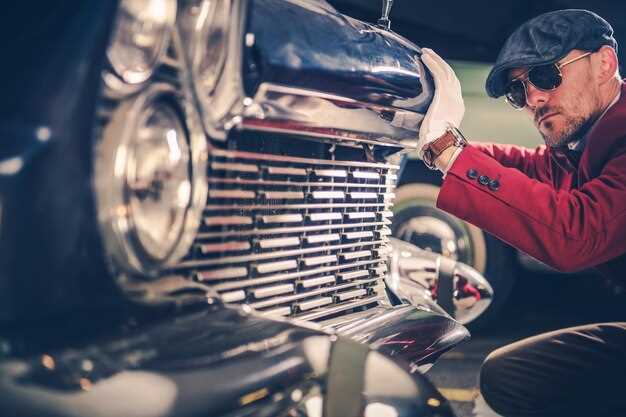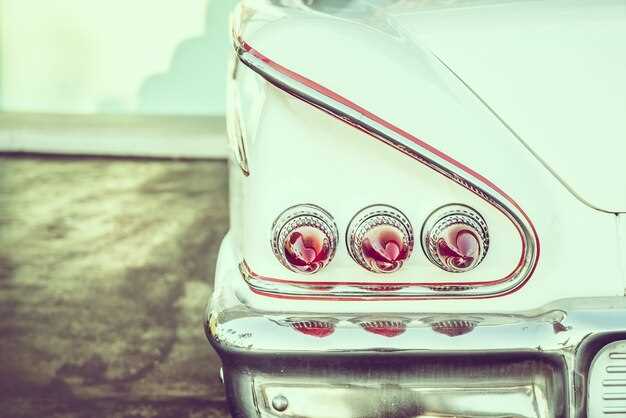
The iconic Porsche 911 is not just a car; it’s a symbol of engineering excellence and automotive passion. Over the years, enthusiasts have sought ways to enhance its performance, making upgrades a crucial part of preserving and improving the driving experience. One of the most effective modifications you can make to your classic 911 is upgrading the exhaust system. This change not only enhances power but also brings a thrilling sound that adds to the car’s character.
When considering an upgrade to your 911’s exhaust, it’s essential to understand how different systems can impact vehicle performance. A thoughtfully designed exhaust can improve airflow, reduce back pressure, and ultimately result in gains in horsepower and torque. Moreover, a performance exhaust system can enhance throttle response, delivering a more exhilarating driving experience whether you’re on the track or cruising down the highway.
Choosing the right exhaust system requires careful consideration of factors such as material, design, and compatibility with your specific 911 model. By investing in a quality upgrade, you not only optimize your vehicle’s performance but also contribute to its overall longevity and reliability. This article delves into the benefits of upgrading your classic 911 exhaust, guiding you through the options available to ensure you make the best choice for your performance goals.
Choosing the Right Exhaust System for Your 911

Selecting the ideal exhaust system for your classic 911 is crucial for enhancing performance and achieving that distinctive sound. Start by considering your driving style and goals. If you’re looking for a significant power increase, high-performance exhaust systems, such as headers and cat-back options, can provide improved airflow, resulting in better acceleration and throttle response.
Another important aspect is the material of the exhaust system. Stainless steel options are popular due to their durability and resistance to corrosion, ensuring longevity while maintaining performance. Mild steel systems may offer a lower upfront cost but can succumb to rust over time, particularly in harsher climates.
Sound characteristics play a vital role as well. Some drivers prefer a deep, aggressive note, while others may opt for a more subdued tone that enhances driving comfort. Researching different brands and listening to sound clips can help narrow down choices. Brands like Fabspeed and Dansk are well-known in the community for delivering both performance and sound quality tailored to the 911’s unique engine layout.
Additionally, consider the compatibility of the exhaust system with your vehicle’s engine and any modifications you’ve made. A system designed for a naturally aspirated engine might not perform well if you’ve added forced induction. Ensure that any exhaust upgrades are also compliant with local emissions regulations, as this can vary significantly by region.
Lastly, take note of installation requirements. Some systems may necessitate professional installation, while others are designed for a straightforward DIY approach. Assess your mechanical skills and resources before making a final decision to ensure both optimal performance and satisfaction with the installed system.
Installation Tips for Optimal Fit and Functionality
When upgrading the exhaust system of your classic 911, achieving optimal fit and functionality is crucial for maximizing performance. Here are some essential tips to ensure successful installation.
1. Gather Necessary Tools and Parts
Before starting the installation, make sure you have all the required tools, including sockets, wrenches, and a torque wrench. Additionally, inspect your new exhaust components for completeness and compatibility with your vehicle model.
2. Clean the Installation Area
Remove the existing exhaust system carefully, and clean the surrounding area thoroughly. This will prevent dirt and debris from interfering with the new exhaust components and help maintain a proper seal.
3. Follow Manufacturer Instructions
Always refer to the manufacturer’s installation manual. These guides provide specific instructions tailored to the exhaust system and ensure that you understand how to align and secure components effectively.
4. Use Quality Gaskets and Clamps
Install high-quality gaskets and clamps to prevent leaks. Poor-quality seals can diminish exhaust flow and negatively impact engine performance. Ensure that each joint is snug without overtightening, which could cause damage.
5. Check for Clearance
During installation, verify that the exhaust does not make contact with any undercarriage components. Proper clearance prevents rattling and potential damage to both the exhaust and surrounding parts, ensuring longevity and optimal performance.
6. Consider Performance Enhancements
While installing the exhaust, consider enhancements such as upgraded headers or mufflers. These additional modifications can work synergistically to further improve your classic 911’s performance.
7. Perform a Final Inspection
After completing the installation, conduct a thorough inspection. Start the engine and listen for any unusual sounds or vibrations. Verify that all connections are secure and there are no exhaust leaks. Performing this final check will confirm that your new exhaust system is functioning optimally.
Assessing Performance Gains After Exhaust Upgrade

After upgrading the exhaust system on your classic 911, it’s crucial to evaluate the performance gains achieved. A comprehensive assessment involves several key metrics, primarily focusing on power output, torque, and overall engine efficiency.
To begin with, a dynamometer test can effectively quantify the increase in horsepower and torque resulting from the new exhaust. This tool measures the engine’s output, allowing you to compare pre- and post-upgrade performance data. Many enthusiasts aim for a noticeable increase in both metrics, which contributes to improved throttle response and acceleration.
In addition to power measurements, monitoring engine temperature can provide insight into the exhaust upgrade’s impact on performance. An optimized exhaust system typically improves exhaust flow, reducing back pressure and allowing the engine to run cooler. This reduction can lead to increased efficiency and longevity of engine components.
Sound characteristics are another important aspect of performance evaluation. A well-designed exhaust should enhance the engine note, providing a sportier, more aggressive sound without excessive drone. This auditory feedback often reflects the upgrade’s effectiveness and can be a point of enjoyment for the driver.
Finally, consider real-world driving impressions. After the upgrade, assess how the car handles different driving conditions. An effective exhaust system should enhance the overall driving experience, making the vehicle feel more responsive and alive. Pay attention to changes in acceleration, responsiveness in gear shifts, and the enjoyment of driving.
In conclusion, assessing performance gains after an exhaust upgrade requires thorough testing and observation. Utilizing dynamometer results, analyzing engine temperature, appreciating sound, and evaluating driving dynamics will provide a comprehensive understanding of how the upgrade has improved your classic 911’s performance.
 Skip to content
Skip to content





